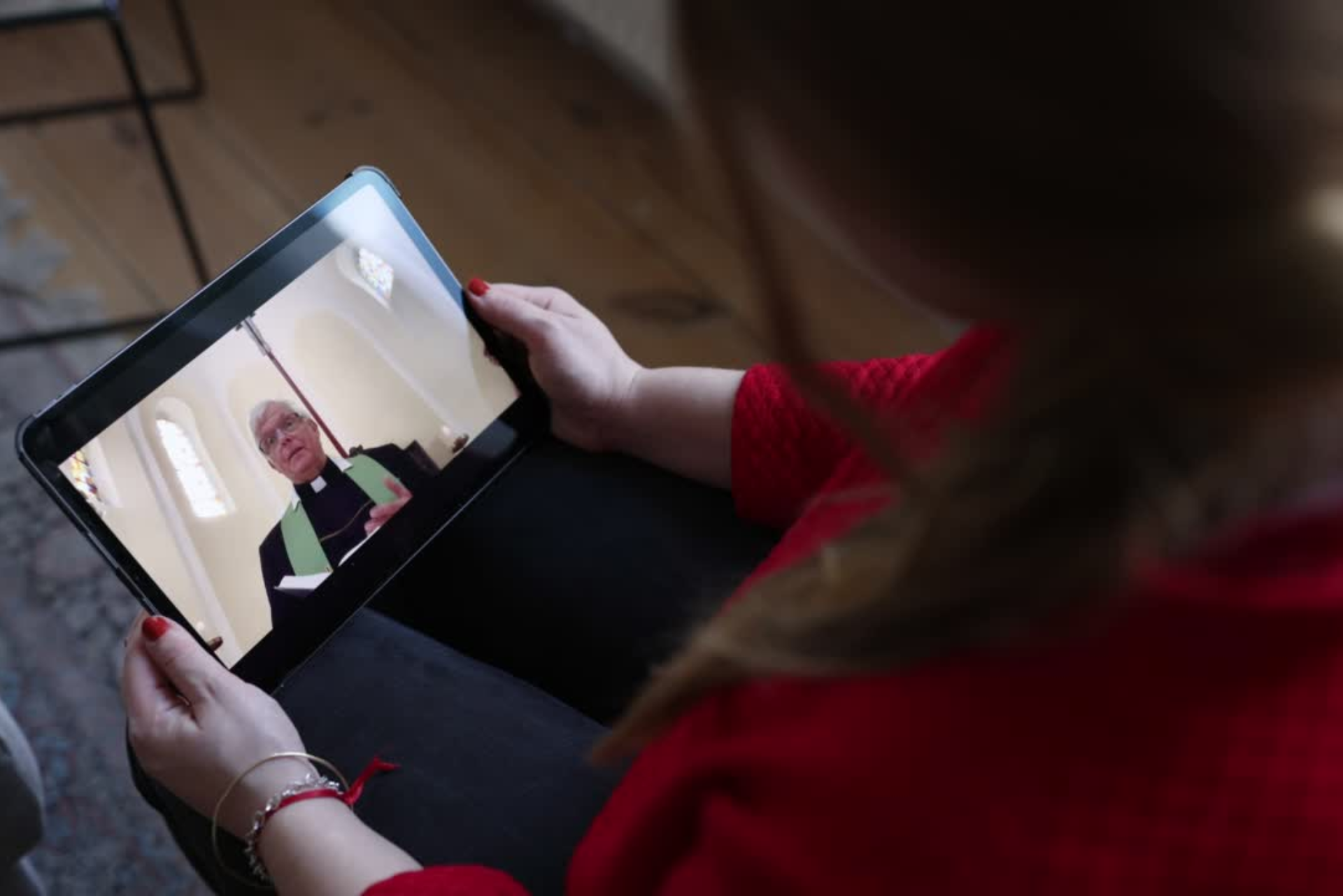Digital Discipleship: From Connection to Transformation
A spotlight on how your community can journey from first-time online engagement to deep and meaningful spiritual growth.
The growing participation in online church services isn’t just about keeping up with technology, for the church it’s about rediscovering how to lead people into deeper discipleship, even when they’re not in the room.
Over the past decade, churches have increasingly leaned into livestreaming, mobile apps, online giving, and virtual gatherings. These tools encourage connection, but connection alone doesn’t guarantee spiritual transformation.
The real challenge before us today is this:
How do we guide people from watching to walking in faith? From consuming content to committing to Christ?
That’s the heart of digital discipleship.
Beyond Sunday Streams
At the start of the digital revolution in church life, streaming services and boosting online attendance felt like success. But many church leaders quickly recognized that viewership isn’t necessarily discipleship.
A digital disciple isn’t someone who just tunes in. They’re someone who prays, gives, serves, learns, and grows, even if their path looks different than more traditional in-person attendance models.
True transformation starts when we stop asking, “How do we get people to watch?” and start asking, “How do we help people grow?”
The Digital Discipleship Shift
Discipleship in this era requires rethinking several assumptions:
Spiritual habits can be formed online, if they’re designed with intention and follow-up.
Leaders must see digital spaces as part of their larger mission field, not just a broadcast zone.
Giving, serving, small groups, and spiritual maturity must be integrated into the online experience, not seen as afterthoughts of digital engagement.
We’ve explored these ideas in recent weeks, looking at how churches are building out long-term pathways—not just momentary content strategies.
For instance, we examined:
How churches can spiritually engage their online congregation beyond just attendance and content.
The importance of building consistent rhythms of growth to move people from passive viewers to growing disciples.
Why generosity often struggles in digital spaces, and how trust, transparency, and discipleship are the missing links.
How leadership alignment is often the overlooked barrier to effective digital ministry—and how to overcome it.
Each of these layers reminds us: digital ministry isn’t a technology issue, it’s a spiritual leadership issue.
Transformation Requires Intentionality
In traditional models of discipleship, proximity often did the work for us. If someone showed up regularly, there was a good chance they would be discipled. But online engagement doesn't offer that built-in accountability.
To lead transformation in this space, churches must:
Design intentional discipleship pathways—from visitor all the way to committed disciple
Build bridges between online content and genuine community, so no one walks alone
Measure what matters: growth in generosity, overall participation, prayer, small group participation, and leadership; not just clicks
When digital discipleship is consistent and intentional, churches don’t just expand their reach, they deepen their impact.
Where Do We Go From Here?
The move from online connection to real spiritual transformation isn’t a single step, it’s a series of intentional and well-aligned steps. And while the platforms and tools will continue to evolve, our calling, as church leaders, remains the same:
“Go and make disciples of all nations…”—even through pixels and screens.
As we look ahead, it becomes clear that digital discipleship will require courage, clarity, intentionality, and creativity from church staff and leaders. The goal is not just to replicate the past, instead, we want to build a future where faith is formed everywhere people are; in-person or online.
Want to explore how your church can move toward deeper digital discipleship?
Check out our Digital Discipleship Pathway Guide, designed to help churches create intentional and sustainable strategies that lead to transformation; not just attendance.
Let’s move forward… together!


